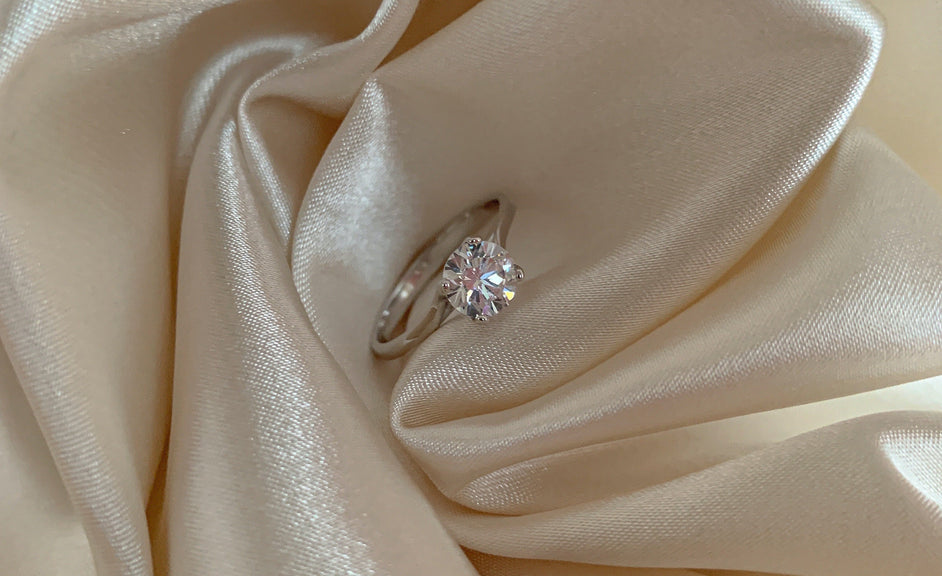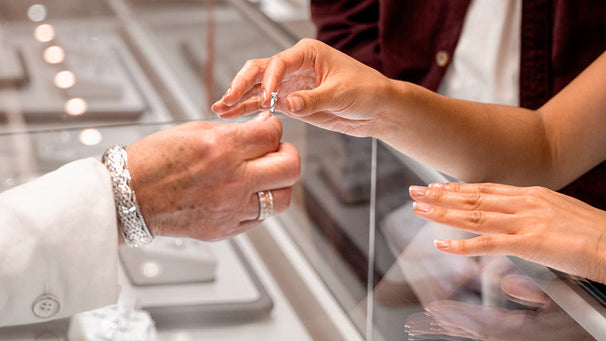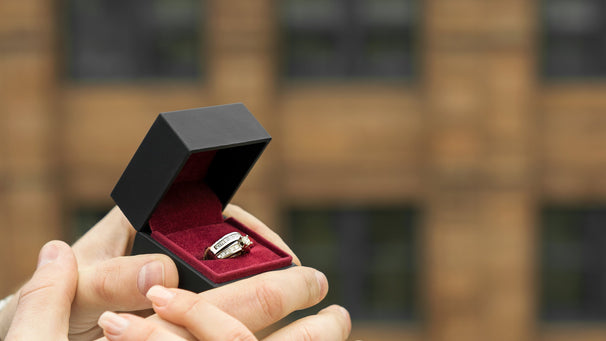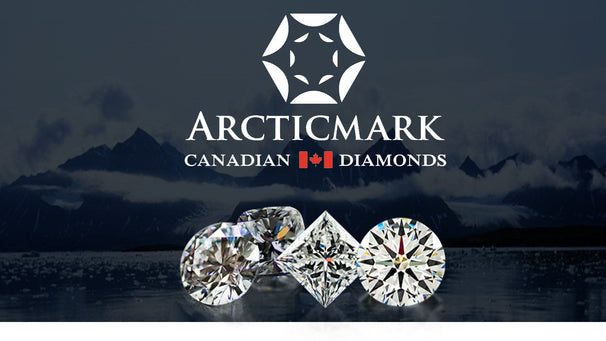Recognizing the quality of diamonds
Many people don't know how to recognize a quality diamond, compared to a commercial or industrial diamond. Why pay more?
It is false to claim that the quality of the purchased stone is protected by a certificate. The certificate does not prove that the stone is of good quality; it simply provides information about this quality. Unfortunately, there are also forged or altered certificates that provide false information about the actual quality of the stone.

How to find your way around?
Many people, not recognizing the difference between one diamond and another, do not see the difference in quality at first glance. Hence the question: why pay more?
Did you know that only 18% of mined diamonds can be used in jewelry? The other 82% are industrial quality, meaning they are used primarily for drilling or other industrial parts. Of this 18%, the majority are of poor quality; very few can boast of being clear to the experienced eye. In order to obtain a one-carat cut diamond (100 points), the rough stone must weigh three times as much, or 3 carats (300 points) to begin with. Two-thirds of its initial weight is lost during cutting. Furthermore, to find a 3-carat rough stone, between 20 and 250 tons of ore must be extracted. This is why a one-carat stone, and of good quality to boot, is worth so much!
The reality is that for the average person, it is not so difficult to recognize a beautiful stone compared to another more commercial one that is still usable in jewelry. It is enough to simply look carefully at the stone with a 10x magnifying glass, under sufficient lighting.
Below are some photos of diamonds used in jewelry, but their quality is very common. These diamonds are very popular on the market, accounting for about 80% of all diamonds sold. Visible imperfections such as white or black spots, opacity, yellowish, or milky effects can be seen here.

Now let's compare with higher quality diamonds, i.e. "SI" and better. (See the "Discover the LSM Difference" section on the website's homepage). See how much clearer the transparency is than the others:

Before buying a diamond, even if it comes with a certificate, it is essential to examine it under a magnifying glass and try to detect imperfections. If you have good vision, you can see the difference, even if you are not an expert.
See the difference in mounted rings here. On the left, you'll see two models sold by LSM, and on the right, similar models from a competitor. The photos have not been altered.

Be careful, there are many more evaluation criteria that determine the quality of a diamond, but this is already a good start to recognize a beautiful stone, or a stone of commercial quality. Always ask for the 10X loupe. All jewelry stores have one, and you have the right to request it to examine your purchase.
Happy shopping!


